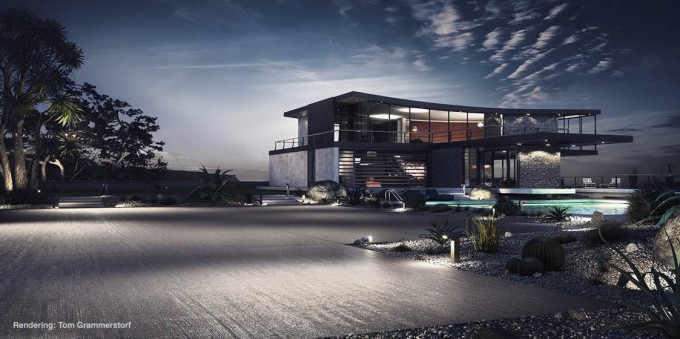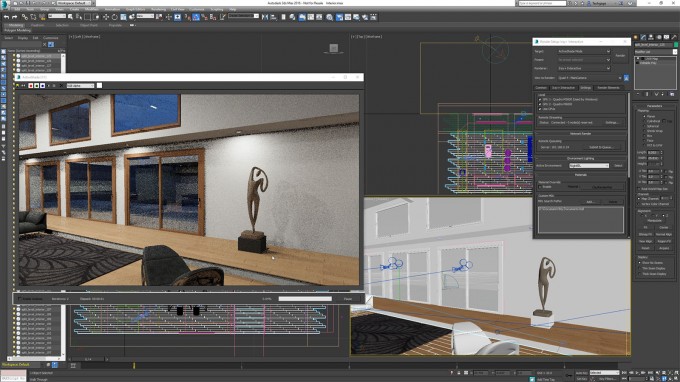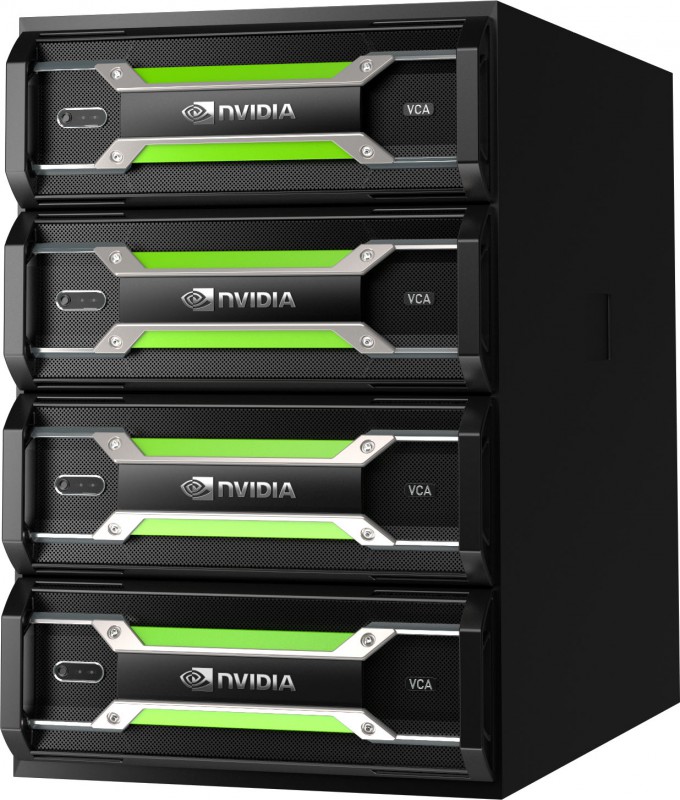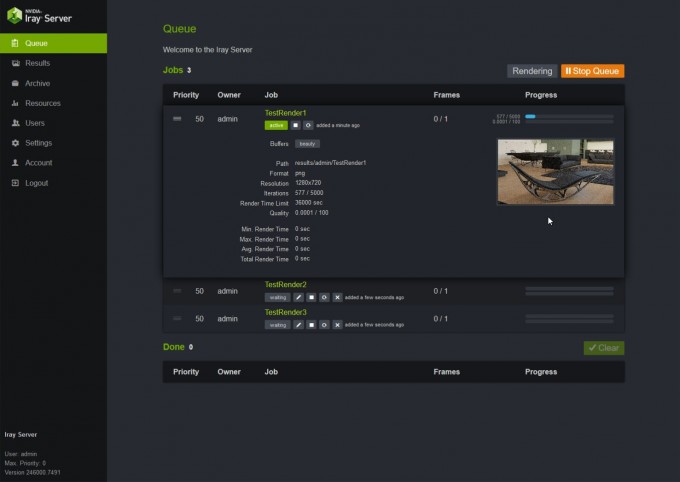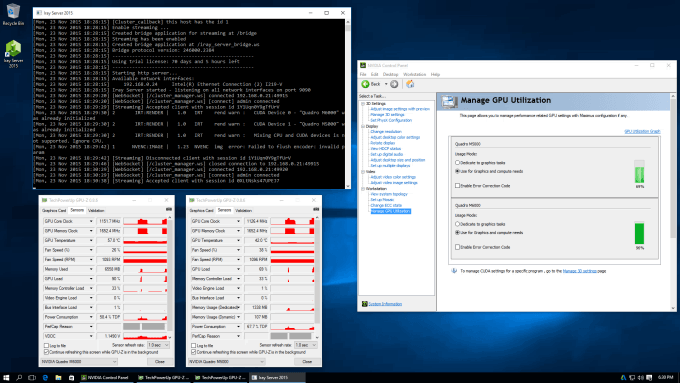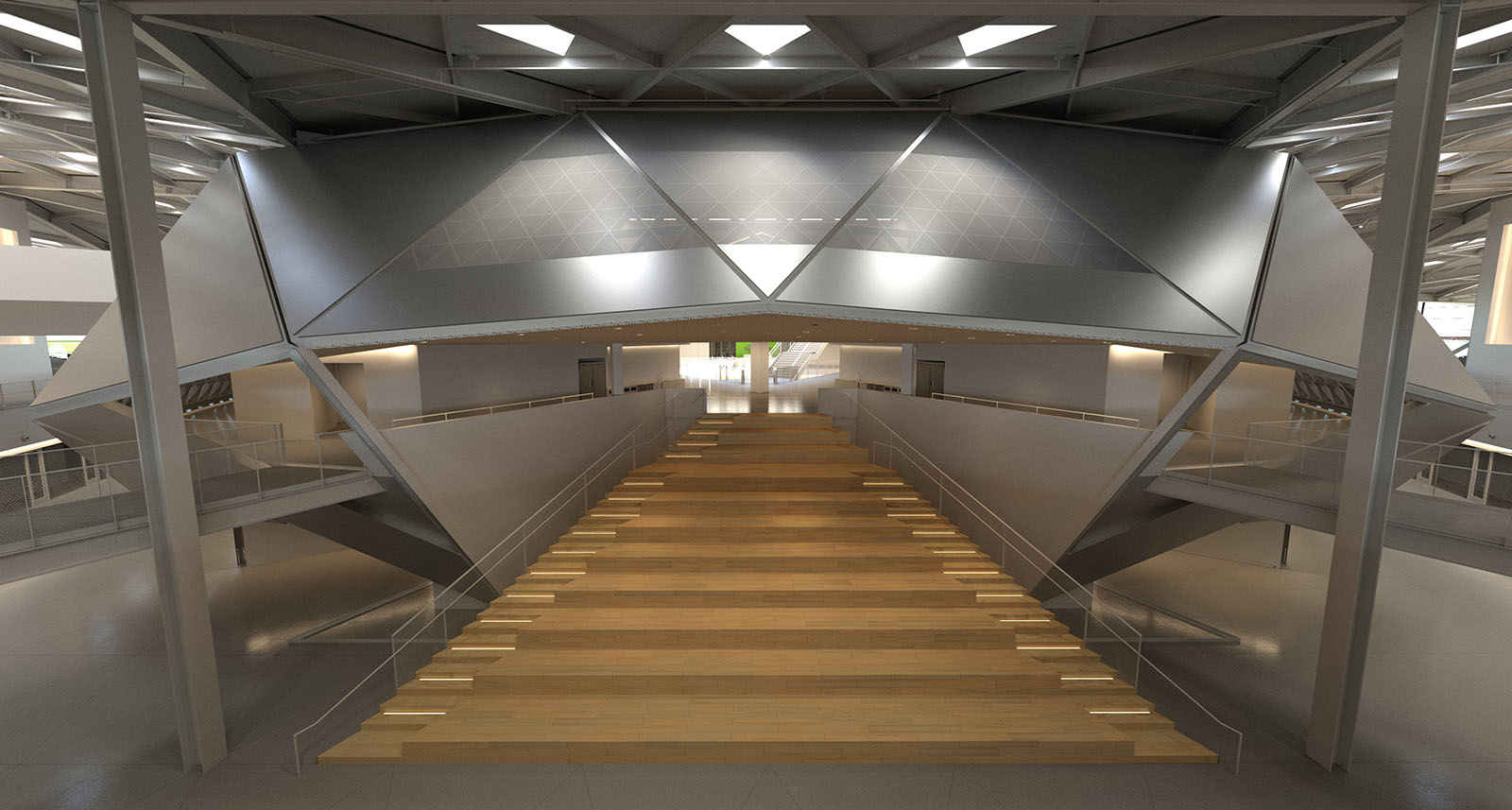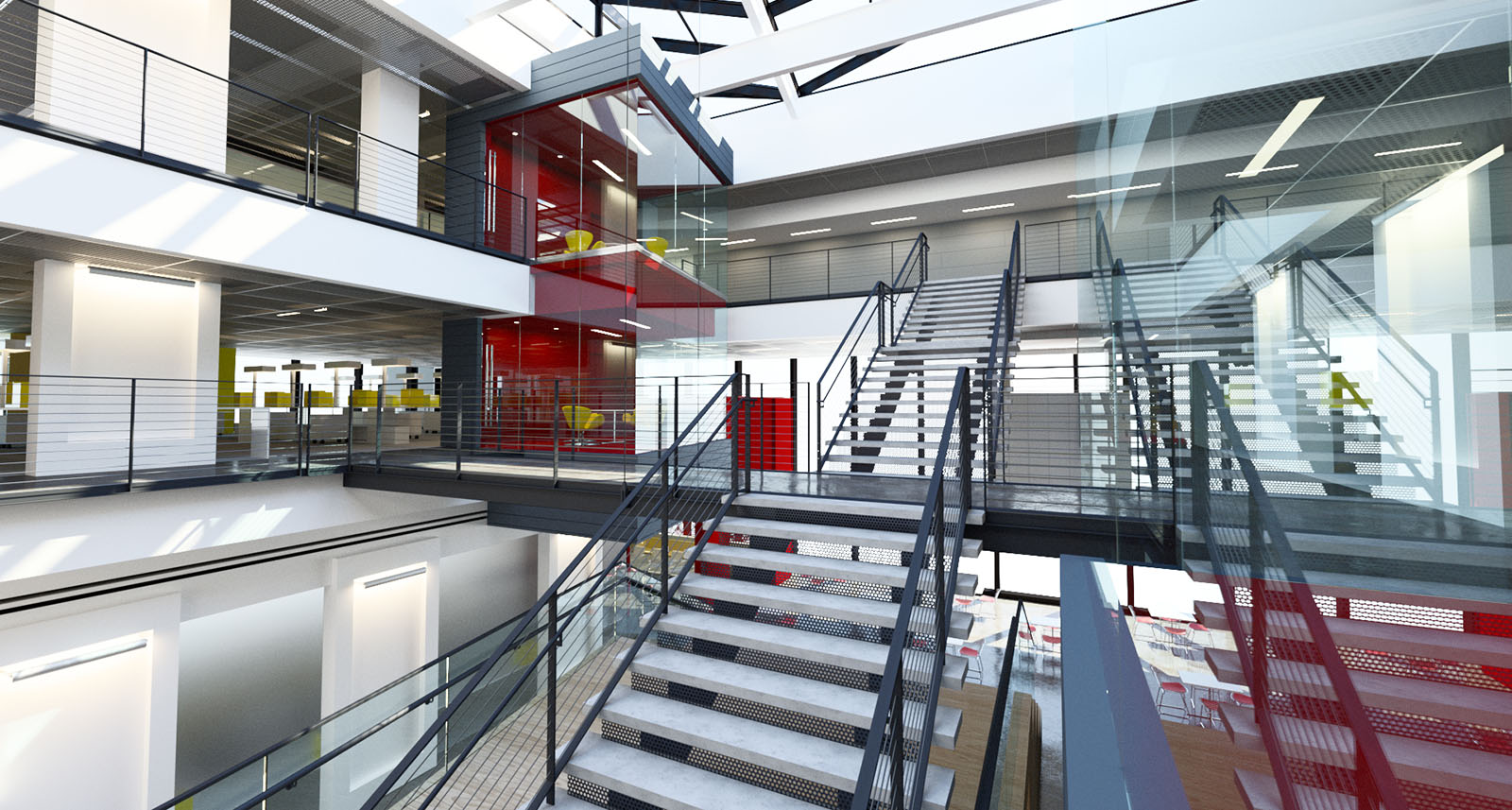- Qualcomm Launches Snapdragon 4 Gen 2 Mobile Platform
- AMD Launches Ryzen PRO 7000 Series Mobile & Desktop Platform
- Intel Launches Sleek Single-Slot Arc Pro A60 Workstation Graphics Card
- NVIDIA Announces Latest Ada Lovelace Additions: GeForce RTX 4060 Ti & RTX 4060
- Maxon Redshift With AMD Radeon GPU Rendering Support Now Available
A Look At NVIDIA’s Standalone Iray Plugins & Iray Server
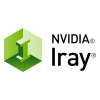
Today, NVIDIA has announced that going forward, it will itself be selling Iray plugins for different design software suites, as well as a software solution called Iray Server. The first official release of these have been a long time coming, so there’s only one thing to do: take them for an in-depth test.
It’s been a big year for NVIDIA’s Iray renderer already, but the company didn’t want to wrap 2015 up without one last hurrah. Beginning today, the company is going to be selling Iray software through its own storefront, which includes plugins for different design software as well as a server solution.
At the moment, the Iray store only stocks a plugin for Autodesk’s 3ds Max, but NVIDIA says that a Maya version will land there in a couple of weeks. In the new year, the Iray plugin love will spread to Robert McNeel & Associates’ Rhinoceros.
As for Iray Server, that goes into open beta today, with NVIDIA planning to release the first stable version in the new year. All of this Iray software is $295 a pop for an annual license. Those who want to give any of it a test run will be able to take advantage of 90-day free trials in the near-future.
Before going further, let’s tackle naming for a moment. I wouldn’t blame you if you found it a little strange that NVIDIA is beginning to sell an “Iray” plugin when one has shipped for free in select apps over the past couple of years. If you already make use of one of these plugins, don’t fret: they’re not going anywhere.
What’s actually happening here is that NVIDIA is becoming even more involved with the third-parties that have crafted fuller-featured Iray plugins. For 3ds Max, that’d be Lightworks, and for Maya, 0x1. The official name for these first plugins are “Iray for 3ds Max” and “Iray for Maya”. In 3ds Max, the special functions are tied to a render option called Iray+, as the core version of Iray (which is built on top of Mental Ray) is left in tact.
I’ve been anxious to test Iray and Iray Server in the lab ever since I saw both solutions in action at last spring’s GPU Technology Conference, so it goes without saying that it was inevitable that this article would exist. But, not only an article. For something a bit different, I also put together a video to show you how these solutions work.
You can watch it and come back, or just read on.
Testing NVIDIA’s Lively Iray Plugin
There are two major features in the full version of Iray that separates it from the core version. The first one is live rendering, or “Iray Interactive”. What this allows you to do is to keep a render screen open that will continually iterate the current view, and update itself if any change is made.
The benefits here should be obvious: you can adjust variables in a scene and see their results immediately, without having to click a few buttons, wait for the render process to begin, and rinse and repeat each time a notable change is made. In use, this feature can feel liberating. It not only saves a lot of time, it can cut way back on tedium.
While Iray Interactive is becoming “official” today, it’s been floating around in various forms for a little while. Lightworks has been offering Iray 3ds Max plugins for a little while, and CATIA’s Live Renderer feature is built on the same tech, running best on hardware that supports NVIDIA’s CUDA platform. It’s worth noting that Iray is the default renderer in CATIA, and soon, it’ll also be the default renderer in Siemens NX, helping to further NVIDIA’s domination of the high-end design market.
Unrestricted scalability is another massive perk of Iray, with some companies today actually putting to work hundreds of Quadro workstation graphics cards. In Japan, Honda makes use of 30 NVIDIA VCAs (Visual Computing Appliance) that power a total of 240 graphics cards working at the same time on a single frame. It has to be a pretty cool feeling to tweak a model and know that you’re instantly engaging 60 CPUs and 240 GPUs!
There are a handful of other enhancements found in the fuller Iray, including a richer experience when dealing with MDL. That stands for “Material Definition Language” and is NVIDIA’s solution for allowing people to assign predefined materials to objects in their projects. This falls into the vMaterials library, which currently consists of 200 different material profiles (each of which can be further tweaked). Any renderer solution can take advantage of MDL, with Chaos’ V-Ray currently being a notable example.
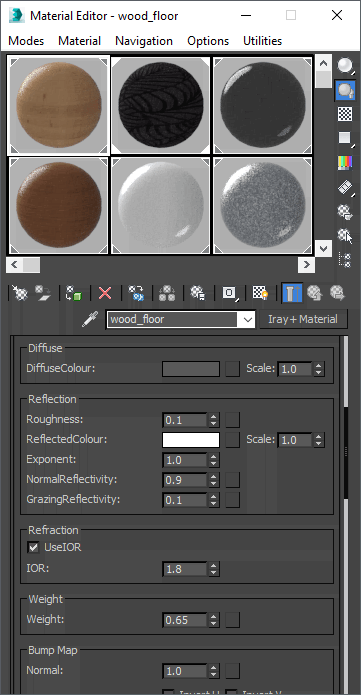
Another important feature of this upgraded Iray plugin is that it can take advantage of networked renders, either with the help of Iray Server, or an NVIDIA VCA, which bundles similar software. When all said and done, Iray renders can take advantage of as much horsepower as you can throw at it. The sky truly is the limit.
Something to note is that the standalone version of Iray doesn’t offer performance benefits over the free one, which is great for those who currently make use of it and don’t need the fuller-featured version right now. The actual render kick-off itself might be a bit faster, though, as the full version of Iray doesn’t act as a layer on top of Mental Ray like the free version does.
Serving Packets Of Rays With Iray Server
It’s obvious what a piece of software called “Iray Server” is for, but what’s not so obvious is the fact that it’s extremely easy to use. I’ve setup countless servers in the past, and the configuration is often a chore, or at least tedious. Iray Server’s setup is anything but. After spending a minute or two installing the software, you can double-click the new shortcut on the desktop and get straight to rendering. Yes, really.
In its default state, Iray Server can be connected to within an Iray plugin using the login and password of “admin / admin”. In order to change that, and add more users, you can load up a Web browser and visit the server’s IP address (this can be done on the server itself). That will load a great-looking admin interface that avails a surprising amount of control over Iray Server’s behavior.
Iray Server’s “queueing” feature needs to be used to take advantage of this Web interface. When the time comes to run a production render on a scene, an Iray Server can be chosen as the target. It will be straight-forward in the Iray render dialog how to do this, and the only thing extra that needs to be done versus a regular render is putting in a username and password. Fortunately, the credentials are saved after the first use, making future server render queues even quicker.
If a network has more than one Iray Server-equipped system running on it, any render you send to the queue will automatically be fed to each one to speed things up. The machine that runs Iray Server first becomes the foreman, acquiring the fun job of doling out tasks to eager workers.
Once a project is sent to queue, it can be monitored through the Web interface. If one render job is more important than another, priorities can be adjusted to promote it. After every handful of iterations, a preview will update in this interface which can be clicked for a closer view. Once the job is complete, the “Results” page stores the outputted file, which can be quickly downloaded straight to the machine that’s accessing it.
A seriously cool feature of this interface isn’t that obvious at first. When a project is added to the queue, a little icon appears that lets you “copy” it. In doing so, you’ll be greeted to a prompt that lets you adjust a handful of variables, such as resolution and output format, as well as buffers and light path expressions. To be able to do this without the Iray client application is simply awesome.
If you want to make use of Iray Server to simply render things in realtime not on the machine you’re using, that’s where “streaming” comes in. As with queueing, taking advantage of streaming requires a different render option to be used, but once again, the process is seamless. Before beginning a render, you can choose whether you want a live video feed of it (adjusting the bitrate as you see fit), or just be sent clear images once in a while.
Thanks to this functionality, Iray Server would let you tweak a scene on any sort of computer – as long as it can reliably run the design software itself, it can pass off jobs to Iray Server.
In the desktop shot above, you can see what it looks like when Iray Server is in use. As you can see, both installed GPUs are being utilized. I managed to catch the screenshot at a point when the M5000 wasn’t being used to its peak potential, but both cards were in fact regularly pegged.
Final Thoughts
Alongside the launch of Iray and Iray Server, NVIDIA’s provided a couple of examples of how both products have already been used in the real-world. One of these hits very “close to home” for the company, as it involves its future headquarters.
Heading-up the design of this new HQ is Gensler, which happens to make use of NVIDIA VCAs in order to prototype new designs quickly and easy. This makes Gensler a customer of NVIDIA’s, and vice versa – neat!
As the first two shots below highlight, this building design allows as much natural light in as possible. Without careful planning, this could prove dangerous, as when sun beams down off of certain surfaces, it can become insanely hot. Following GTC earlier this year, I relayed an example of an architect that didn’t do this kind of planning, and it ultimately resulted in the partial melting of a parked car.
The middle images in the above slider show off some stunning Iray renders of Gensler’s LA office, while the final images may not look like they belong in this subject. Well, they actually do, as they’re part of an initiative to get Iray users to help recreate the famous Bank of England, designed by Sir John Soane.
This past summer, NVIDIA and HP kicked off an effort called “Project Soane” with the goal of restoring this iconic building with the help of rendering, and in particular, Iray. This led to many Revit models being created for the project, which designers can use with Revit and 3ds Max to help produce a convincing result. As of the time of writing, I’m not sure what prizes will be awarded, but NVIDIA and HP assures that they will be “enticing”.
And… that’s a wrap. To recap, NVIDIA’s 3ds Max Iray plugin is available right now for the price of $295/yr per seat. A Maya plugin will come this month, and a Rhino one in early 2016. Iray Server, meanwhile, will now enter an open beta phase, and will transition to a final release also in early 2016.
Throughout testing, I put NVIDIA’s Quadro M5000 to a good test, but official benchmarking will take place in the coming weeks, which will be followed by a full review. If you want some really quick and dirty benchmarks, be sure to check out the end section of the video found at the top of this page.
Support our efforts! With ad revenue at an all-time low for written websites, we're relying more than ever on reader support to help us continue putting so much effort into this type of content. You can support us by becoming a Patron, or by using our Amazon shopping affiliate links listed through our articles. Thanks for your support!




